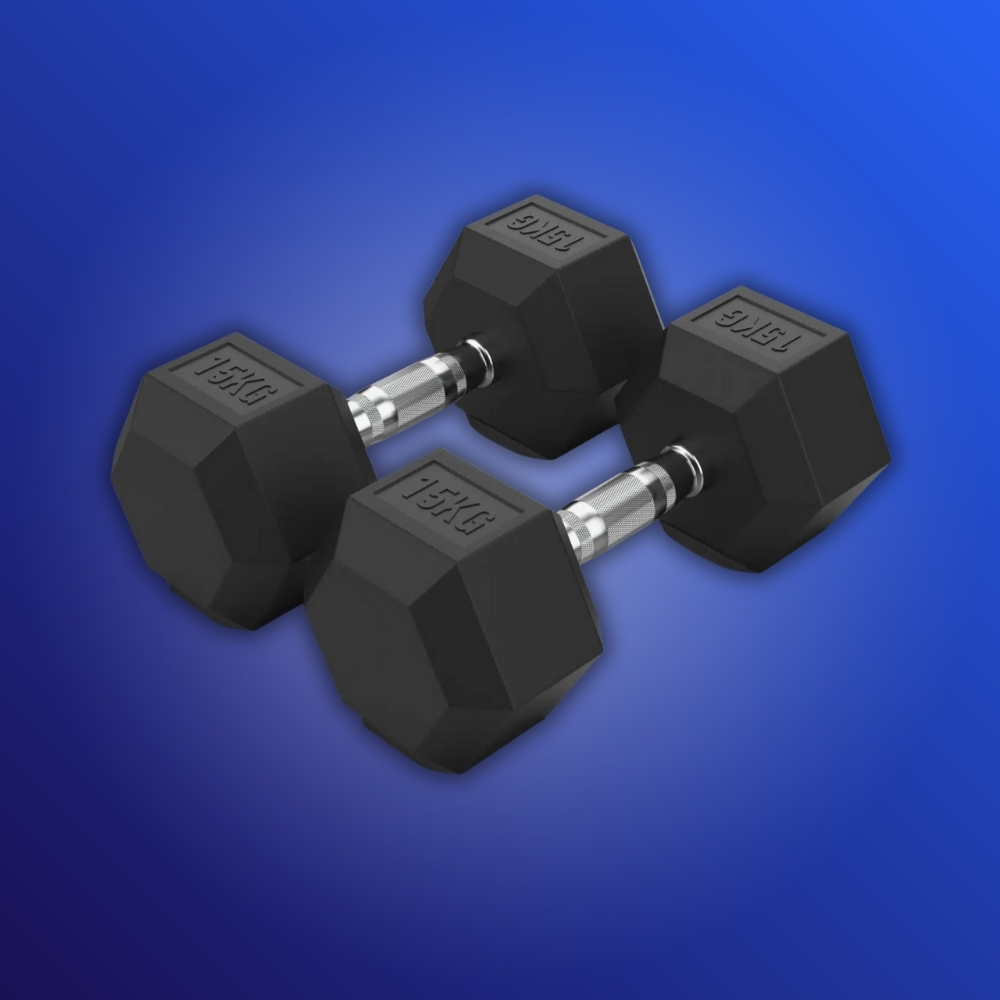
Three months before my wedding, I had a realisation: I don’t want to be a fat groom. After all, a cummerbund can only help so much. And besides, what kind of man would marry a beautiful woman knowing he’s going to die young?
That’s not hyperbole. My 1.75 metre frame tipped the scales at 105 kilograms, easily qualifying me as obese – a designation that advanced my biological age of 26 by two decades, according to a UCLA study.
More disturbing, a blood test showed that I was on the verge of type 2 diabetes, despite having no obvious symptoms (other than a bulging belly). For the first time, being fat felt irresponsible.
But dramatic change doesn’t take as long as you might think. In 12 weeks, I lost 13kg and whittled 12.5 centimetres off my waist – just in time for our big day. And, even better, my latest blood tests came back nearly normal. How’d I do it? Keep reading.
The Tipping Point
Like most overweight men, I wasn’t proud of carrying around all that extra flab – especially since I’m an editor at Men’s Health. But it wasn’t until I literally feared for my life that I became fully committed to change. That day arrived when I met with Dr Keith Berkowitz, medical director of the New York-based Centre for Balanced Health. His specialty: turning the obese thin.
When I showed up at his office, Berkowitz first analysed a blood test I’d had done in preparation for our meeting. My triglycerides, a measure of the fat circulating in my bloodstream, were more than double what’s considered normal. I was also insulin resistant. That means my body was having to produce 10 times the amount of insulin, a hormone that signals your body to store fat, normally secreted by a healthy guy my age. Both of these measurements are key predictors of future heart disease. Can you say “instant motivation”?
Chances are, if you’re overweight, your blood test results may look similar. Research shows that heavier men have higher cholesterol, triglycerides and blood pressure than their leaner counterparts. The same goes for developing insulin resistance. The most telling physical sign: abdominal fat. Still need a kick in the pants? Ask your doctor for a complete blood profile; fear is a great motivator.
The Action Plan
Much to my horror, Berkowitz recommended a “controlled-carbohydrate diet”. That doesn’t mean cutting out carbohydrates altogether. Rather, you restrict the types that significantly raise your blood sugar and thus your insulin levels – for instance, those found in soft drinks, chocolates and lollies, and foods made with flour. Which happen to be the carbs I like the most. And, surprisingly, my don’t-eat list even included whole grains at first. The reason? Although healthy for men with normal insulin function, whole grains still raise insulin levels. For me, that made them a food to avoid until I lost weight and saw improvements in my blood test results, at which time I could add them back slowly in the form of high-fibre crackers or flaxseed bread.
The upshot is that this plan limited my carbs to those found in vegetables and fruit, which was a drastic change from my regular, carbohydrate-laden diet. So I wasn’t sure I could stick with it.
Enter Valerie Berkowitz. While Keith Berkowitz served as general manager of my diet, his wife, Valerie, a dietitian and director of nutrition at the Centre for Balanced Health, took the job of head coach. She helped me create an eating plan that was user-friendly and required no kilojoule counting. Basically, my instructions were to eat only when hungry and to the point of fullness, incorporating the five simple rules that follow. I could eat as much meat and vegetables as I wanted, and was allowed 85-140 grams of cheese and two servings daily of low-glycemic fruits: berries, melons, peaches, plums, apples, oranges and kiwis. I was also advised to drink almost 2.5 litres of water daily. Use these guidelines yourself and you, too, can lose 13kg in three months.
1. Cut Out Fast-Digesting Carbs
For the most part, these are foods that are made with sugar or are high in starch, such as bread, pasta, any other flour-based food, potatoes and rice. Because they all contain high amounts of glucose, they raise blood sugar quickly. “This is the trigger that signals your body to release a flood of insulin,” says Valerie. Eliminate these foods and insulin levels stay near rock bottom. And that simultaneously improves your health and speeds fat loss. In fact, when University of Connecticut researchers analysed why low-carb dieters were so successful, they calculated that 70 per cent of their weight loss stemmed from low insulin levels. (One note: because milk has a significant number of carbohydrates, it was also off-limits until my blood profile showed I was healthier.)
2. Eat More Vegetables
This may be the ultimate diet cliche, but there’s no question it works. In fact, a study of more than 2000 low-carb dieters found that, on average, the biggest losers were consuming four servings of nonstarchy vegetables a day. That’s virtually any vegetable of your choice other than potatoes (white, sweet or fried), carrots and corn. “Eating more produce increases the amount of fibre in your diet, which helps keep you full,” says Valerie. For an even greater fibre boost, I added a daily glass of Metamucil (the sugar-free version). If you’ve never taken Metamucil, its effectiveness in reducing your appetite is nothing short of amazing.
3. Have Protein at Every Meal
This is especially important at breakfast and with snacks, when guys are most likely to skimp on this muscle-building nutrient. (Thanks a lot, cereal.) Case in point: University of Illinois scientists report that, on average, people consume 65 per cent of their protein after 6pm. More important, the researchers found that to optimally preserve your muscle as you lose weight, you need to take in protein at each meal throughout the day. “Besides nourishing your muscles, the added protein will help keep you from overeating,” says Valerie. The best sources are beef, chicken, fish, dairy and eggs.
4. Don’t Be Afraid of Natural Fat
That’s right, the kind that’s found in a piece of meat, an omelette, an avocado, olives or olive-oil-based dressing. Because fat alone doesn’t raise your insulin levels, it has little to do with making you fat, contrary to popular opinion, says Valerie. High amounts of carbs coupled with high amounts of fat are the real culprit, she explains, since they stimulate the release of insulin, causing your body to store fat instead of burning it. But what about heart health? In a review of 13 studies published in the Journal of Nutrition, researchers determined that low-carbohydrate diets – all of which provided at least 50 per cent of daily kilojoules from fat – were more effective at reducing heart-disease risk than traditional low-fat diets.
5. Forget About Processed Foods
Pre-diet, I lived on deli meats. But Valerie nixed these packaged meats quickly, because most contain added salt (affecting weight and blood pressure) and sugar, as well as nitrates, which are associated with an increased risk of cancer. Instead, I ate minced beef and minced turkey. (Both take only a few minutes to cook at night and taste great cold the following day.) I did slip up, though. On my 15th day on the program, I discovered Terra vegetable chips. “A delicious potpourri of exotic vegetables,” the bag says. Sounded healthy to me, so I crunched on them hard during long days at work. A week later, when I told Valerie about my new favourite addiction, a sharp rebuke followed. I’d been suckered by the word “vegetable”. These chips are made from starchy root vegetables, so their carbohydrate count is similar to that of potato chips, and they’re loaded with salt. The scale reflected my mistake. If you follow only one rule, make it this: if it comes in a box or a bag, skip it. I guarantee you’ll have success.
6. The Gut-Busting Workout
Finish off the flab with this full-body fat-burning routine from Michael Mejia, author of The Better Body Blueprint. It’s designed to speed your results and improve your fitness, while protecting your hard-earned muscle – all in just three days a week.
How To Do It
Warm-up: before each workout, warm up with five minutes of light aerobic exercise or calisthenics.
Weight training: do the weight workout that follows three days a week, resting for at least a day after each session. Perform the exercises as a circuit, completing one set of 10-12 reps of each movement before resting for 60 seconds. Then repeat the entire sequence one or two times, for a total of two or three circuits. Every other workout, reverse the order in which you do the exercises. So in one session you’ll start with the overhead squat, and the next you’ll begin with the push-up.
1. Overhead squat
Stand holding dumbbells overhead with a grip that’s twice shoulder width. Begin by descending into a squat, making sure that the dumbbells stay out of your peripheral vision and don’t drift forward. When your thighs are parallel to the floor, pause for a second before pressing back up to the starting position.
2. Push-up row
Get into push-up position with your arms straight and your hands resting on light dumbbells. Spread your feet apart for balance. Tighten your abs as you pull one dumbbell off the floor and draw it towards your chest until your elbow is above your back. Pause, then slowly return the weight to the floor and repeat with the other arm. Tip: if holding both dumbbells feels awkward, try doing the exercise holding only one dumbbell and place your other hand on the floor.
3. Lying hip extension
Lie on the floor with your arms out to the side, knees bent and feet flat on the floor. Pushing with your glutes and hamstrings, dig your heels down into the floor and lift your hips until your body forms a ramp that descends from your knees to your shoulders. Pause, then return to the starting position.
4. Lat pulldown
Grab a lat-pulldown bar with a “false” overhand grip that’s just beyond shoulder width. A false grip means you place your thumb on top of the bar, alongside your index finger, rather than wrap it around the bar. Pull the bar down to your chest. Pause, and slowly return to the starting position.
5. Russian twist
Grab a weight plate with both hands and sit on the floor with your knees bent and your feet flat. Hold the weight plate straight out in front of your chest with your palms facing each other. Lean back so your torso is at a 45-degree angle from the floor. Twist to the left as far as you can, pause, then reverse the movement and twist all the way back to the right as far as you can, and pause. Return to the starting position.
6. Push-up
Support your body with the balls of your feet and your hands, positioning the latter slightly wider than shoulder-width apart, palms flat on the floor. Straighten your arms without locking your elbows. Lower your torso until your chest is just a centimetre off the floor. Push yourself back to the starting position.
Cardio: after each weight-training session, finish up with 12-15 minutes of aerobic exercise – running, cycling, rowing – using an intensity that you judge to be a seven or eight on a 10-point scale.















